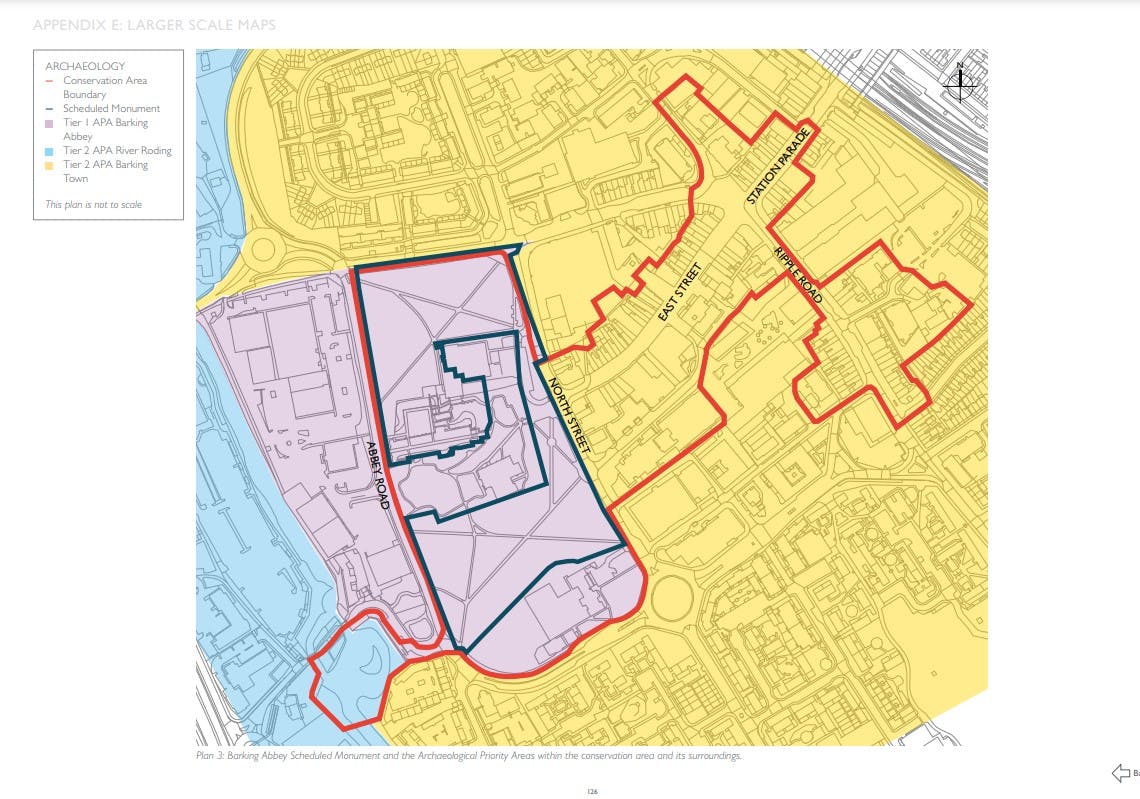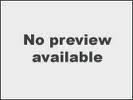Barking Town Heritage Project

With help from The National Lottery Heritage Fund, we are putting local heritage at the heart of changes to Barking town centre, with a focus on East Street and the surrounding Abbey & Barking Town Centre Conservation Area.
Our aim is to conserve and commemorate historic buildings in and around East Street and to research and inform residents and visitors, about the stories behind the high-street stores and town-centre heritage.
Our heritage volunteers are developing a historic legacy by contributing to the creation of town trails and tours, learning resources, a heritage exhibition, a permanent mural in East Street and Barking's new heritage art trail.
We hope that you can join us in ensuring that our local heritage continues to be a positive and relevant part of Barking’s evolving cultural identity.
Please provide contact details in the Join The Heritage Volunteers section below, if you are interested in becoming a Heritage Volunteer or if you have any heritage questions .
With special thanks to The National Lottery Heritage Fund for funding this project and the London Borough of Barking and Dagenham Archives and Local Studies Library, at Valence House who have provided support, training and access to their archives and photograph collection, including the heritage photos on this webpage and throughout our Heritage Hub.
Contact localstudies@lbbd.gov.uk for further information on our local archives.
Stories behind the stores
These Stories behind the stores aim to reveal the historical origins of the buildings and locations of East Street and Barking Town Centre, and remind us of the local heritage which has often been lost to Barking residents.
With the help of the Council's Archives and Local Studies Library we aim to research the stores and residences in our project area. Some of the buildings still exist but many have been moderated, demolished, rebuilt, or redeveloped, often more than once. We hope to rediscover past uses and the people who lived or worked there and re-tell their stories to new audiences.
If you have any personal or family memories or knowledge from other residents about any of the buildings or locations mentioned here you are welcome to share them with us...


















